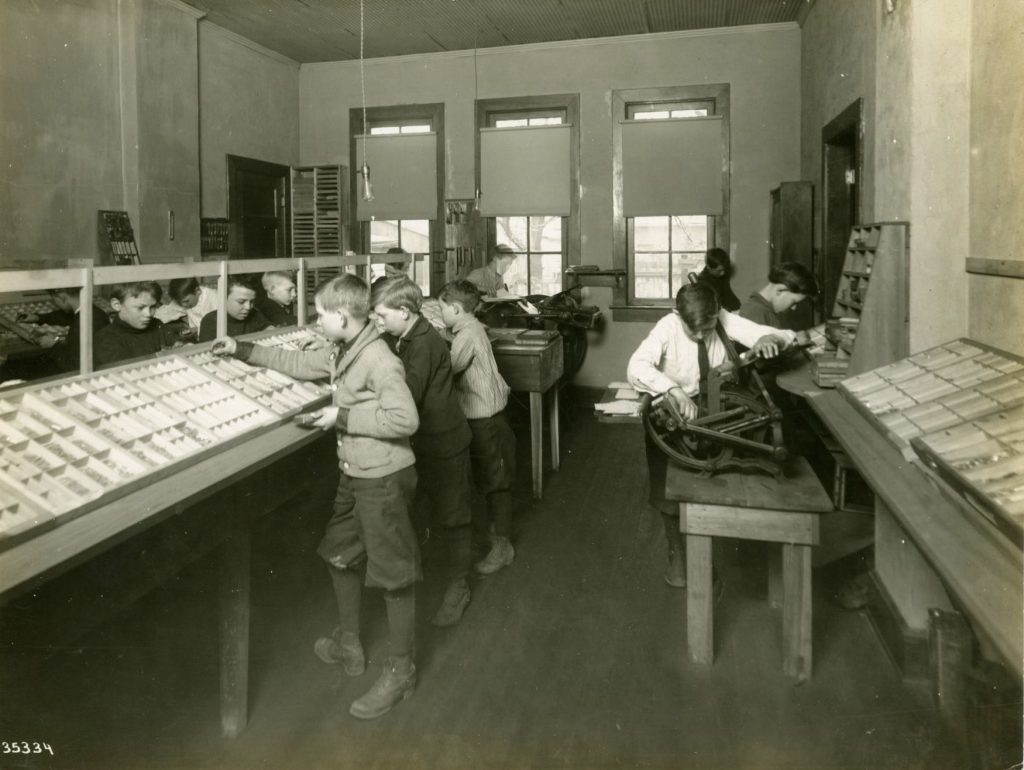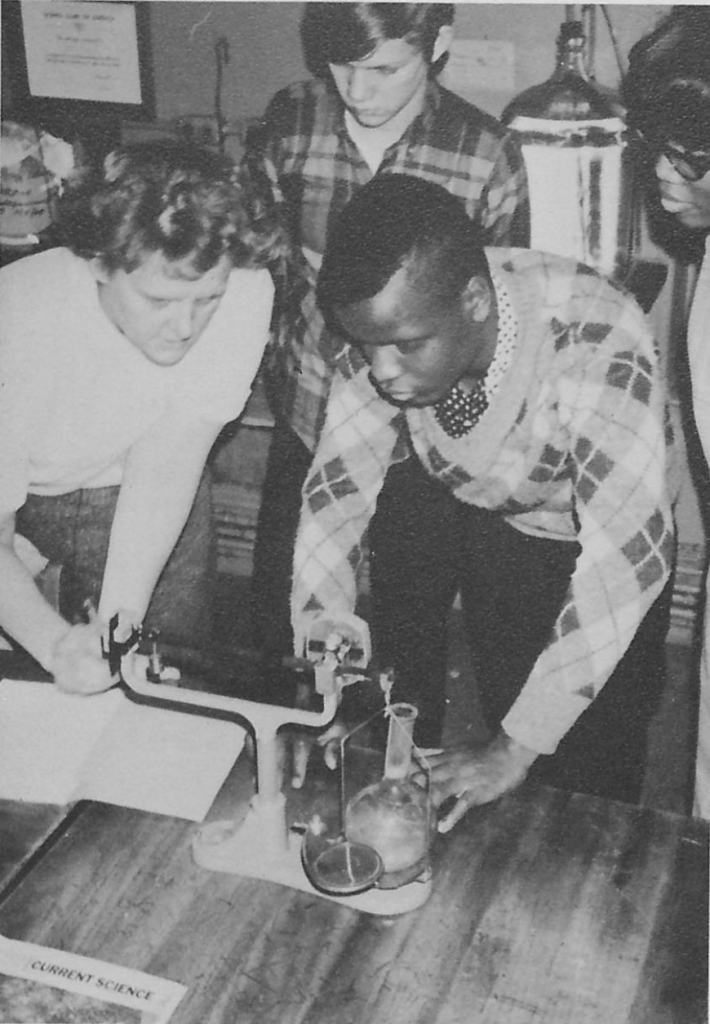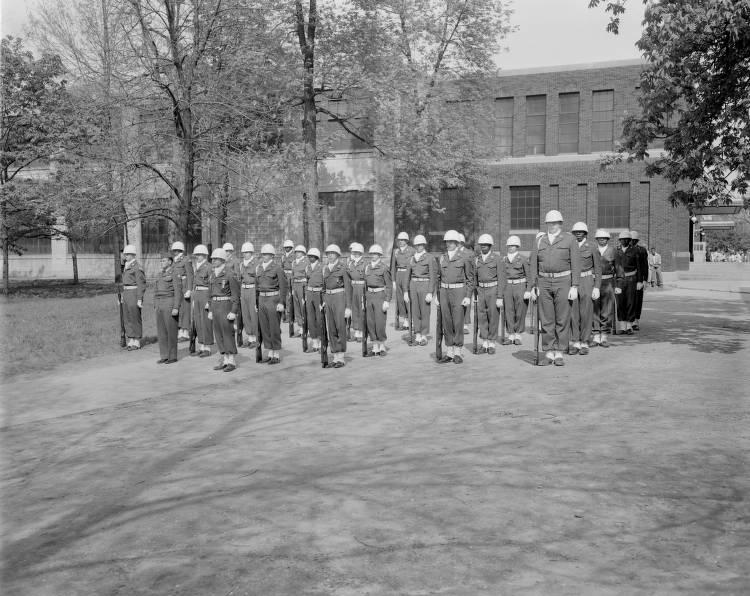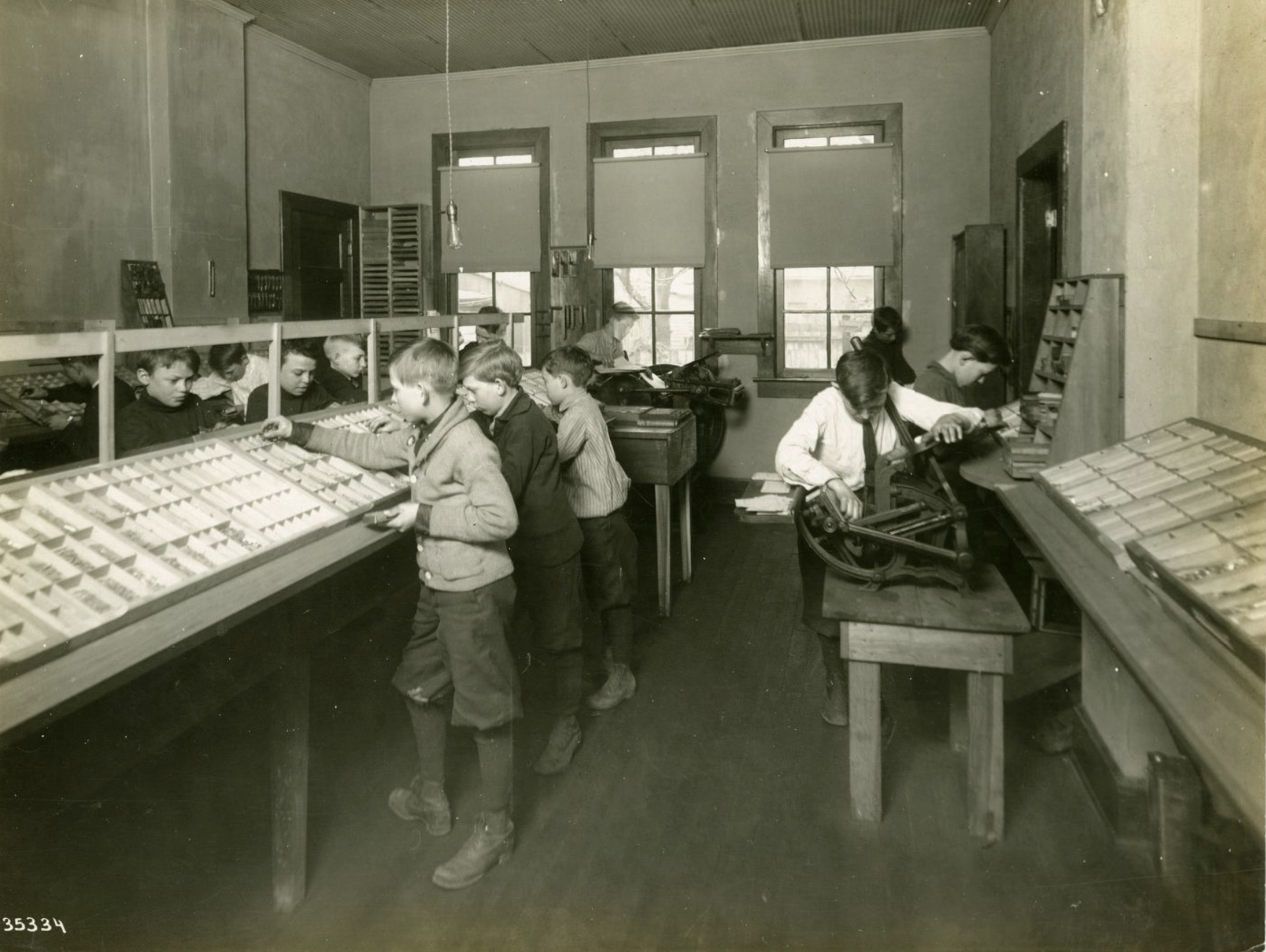Apprenticeship remained for hundreds of years the primary method of transmitting trade skills to new practitioners. It was not until the 19th century that vocational education as a component of schooling first attracted the attention of educators in the United States. Some vocational training was offered in juvenile asylums and orphanages as well as in private trade schools in the early 1800s. In the decades following the , however, vocational education began to assume a larger role in American education, especially in response to industrialization.
Vocational education in Indianapolis in general followed national patterns and trends. In 1888 the superintendent of the (IPS) recommended that manual training be included in the curriculum to provide practical and physical activities complementary to academic work. The school commissioners hired W. H. Bass to administer the program and made a $1,000 appropriation for books and equipment. Manual arts, in the form of woodworking and mechanical drawing, entered the curriculum as an elective for high school freshmen the same year.

The growing interest in manual training led the commissioners in part to open the Indianapolis Industrial Training School (later ) in 1895. Under the principalship of , the Industrial Training School, located at the corner of Madison Avenue and Meridian Street, was specially designed to integrate manual and industrial education into the Indianapolis public school curriculum.

Seventeen years after the opening of the Industrial Training School, the commissioners founded on property acquired in 1904. The site’s deed specified that any educational institution established there should provide mechanical and manual training for both boys and girls. Classes offered over time at Tech (as it became known) were reflective of vocational education in general. Typical courses included graphic and commercial art, printing, and the building crafts. Classes in radio, automotive mechanics, and commerce later were added to the curricular offerings. Other public secondary vocational education was made available at , which opened in the fall of 1953 with the specific purpose of providing vocational education at the secondary level. The school was closed in the spring of 1978.
Private and charitable vocational education also was found in Indianapolis during the late 19th and early 20th centuries. The Girls Industrial School of Indianapolis opened in 1890 with an enrollment of 20 children and by 1907 enrollment had climbed to 736. The school provided vocational training to girls from poor families between the ages of six and fifteen. The curriculum included stenography, sewing, typewriting, and home economics. The Winona Agricultural and Technical Institute was another early private trade school. Located on the arsenal property, which later became the site of Tech, the institute was founded in 1904 and offered several vocational classes. The school became insolvent in 1909.
Vocational schooling has continued to be an important part of Indianapolis education since the early part of the 20th century. Like other aspects of schooling, vocational education in the city has frequently been shaped by national developments. During , for example, such war-related vocational offerings as aeronautics, map and military drawing, and code training made their way into the curriculum at Tech. Following the war, another upsurge in vocational education occurred as large numbers of service personnel returned home. The Indianapolis Public Schools provided job training through the Educational Services For Veterans program to returning veterans who had not completed high school.

Vocational education today remains an integral part of the city’s public school system. Vocational classes are found in each public secondary school’s curriculum, but most secondary vocational training is conducted at the Indianapolis Career Education Center and the Health Professions Center at Arsenal Technical High School. Vocational subjects taught at these centers include electricity, carpentry, and house construction; cabinetmaking; architectural drafting; dry cleaning; alterations and tailoring; and painting and decorating. Those students who successfully meet course and program requirements receive a Vocational Certificate.
Post-secondary vocational education is available in programs offered by the . Several private trade schools also offer vocational programs.
*Note: This entry is from the original print edition of the Encyclopedia of Indianapolis (1994). We are currently seeking an individual with knowledge of this topic to update this entry.

Help improve this entry
Contribute information, offer corrections, suggest images.
You can also recommend new entries related to this topic.
